Seville Itineraries
Disclaimer
Posts on Visit-Seville.com City Guide may contain affiliate links, meaning we get a commission if you decide to make a purchase through our links, at no cost to you.
Seville Metro Guide – Tickets, Times and Map
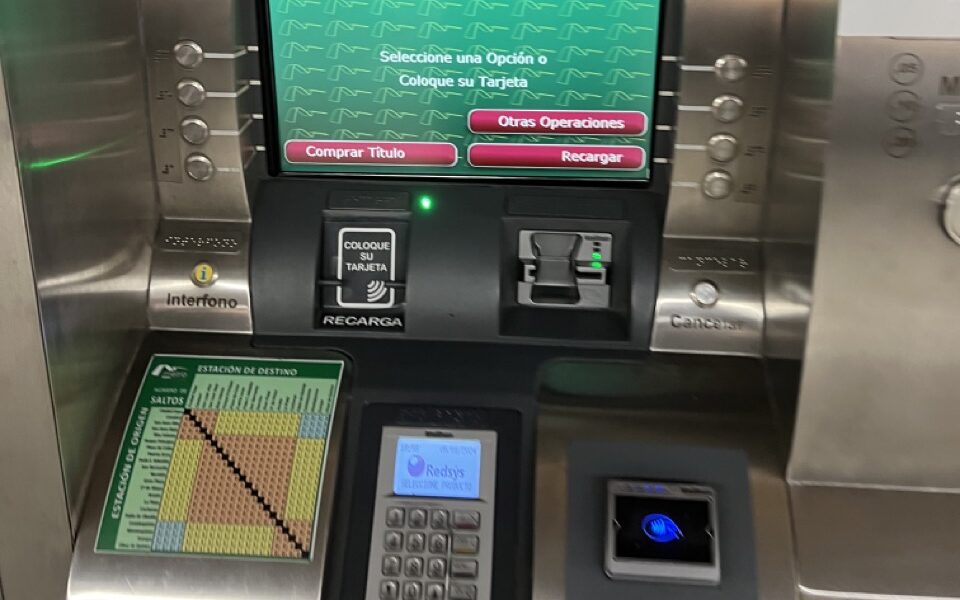
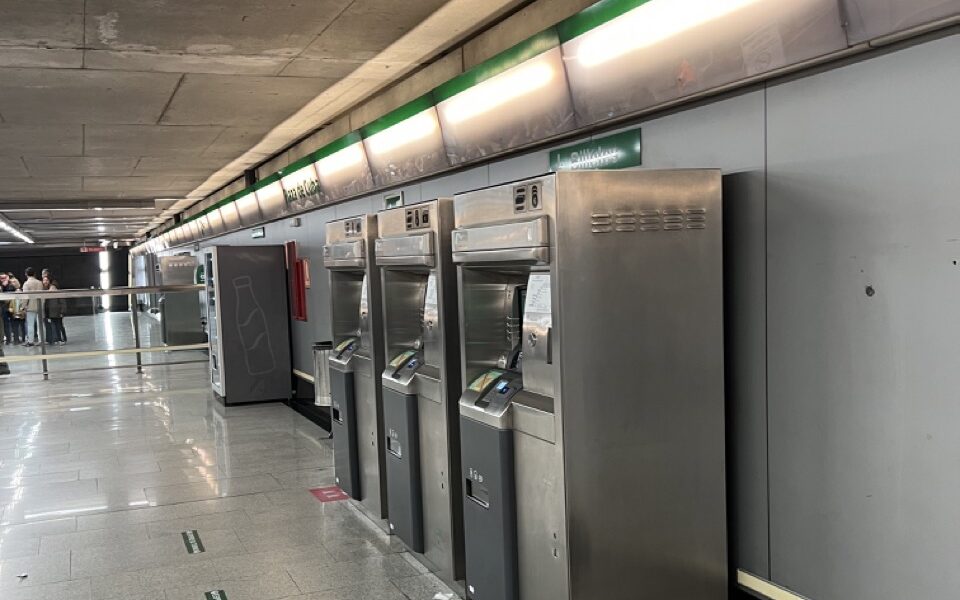
The Seville Metro is an underground subway system, which consist of a singular metro line servicing 22 stations across the centre of Seville.
Whilst the metro is an efficient, cheap, and safe way to get around Seville, it’s not always the best option for tourists. A lack of stations near the major attractions, as well as a bias towards local urban areas, means there are better transport options for tourists.
Seville Metro Operating Times
The Seville Metro is open every day of the week including holidays, with extended hours on the weekend.
| Day | Operating Hours |
|---|---|
| Monday to Thursday | 06:30 to 23:00 (Last Train Leaves) |
| Friday and Eve of Holidays | 06:30 to 02:00 (Last Train Leaves) |
| Saturdays | 07:30 to 02:00 (Last Train Leaves) |
| Sundays and Holidays | 07:30 to 23:00 (Last Train Leaves) |
During special holidays (eg. Christmas, Holy Week, and the April Fair) additional metro services are put on with extended opening hours. For the latest information and timetables please visit the official Seville Metro website.
Seville Metro Frequency
During rush hour (between 7am and 9am) the metro runs every 4 – 5 minutes.
For the rest of the day the metro runs roughly every 8-15 minutes depending on demand.
Special events and holidays (especially around Christmas) sees the frequency of trains increase.
Seville Metro Tickets and Prices
Working out how much the Seville Metro is actually a fairly complicated process, and the price depends on the zones you are travelling in (there isn’t one set fare), and the type of transport card you have.
The price of a single journey is determined by how many ‘jumps‘ you make through different zones. Jumps are basically how many times you pass from one zone to another. The Seville metro has 3 different zones: Section 0, Section 1, and Section 2. A full map showing the different zones can be found below.
As well as the zones being travelled through, the price also depends on the whether you have a metro card or not. Here is a summary of the different types of ticket/card you can buy:
1. Regular Single Tickets
The Seville metro offers basic single tickets that are priced on how many ‘jumps‘ between zones you make. Tickets can be purchased at the stations via the automatic ticket machines.
One ticket can be used for multiple people provided you have purchased the required number of trips/people.
Unfortunately there is no discount for return tickets, and every trip is classed as a single.
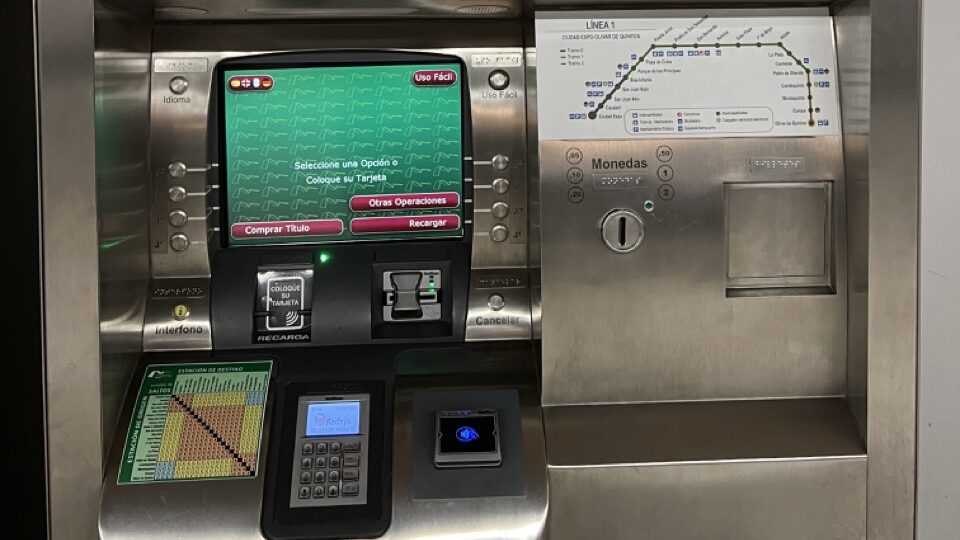
| Jumps | Price |
| 0 | €1.35 |
| 1 | €1.60 |
| 2 | €1.80 |
2. BonoMetro Card Tickets
The BonoMetro paper wallet card can be purchased at any Seville Metro station and acts as a discount card for any trip on the metro. The catch is you have to top the card up with a certain amount.
Cards can be ‘topped up’ with a minimum of €10, so if you’re a tourist and don’t think you’ll make enough trips to spend at least €10, it’s probably not worth it.
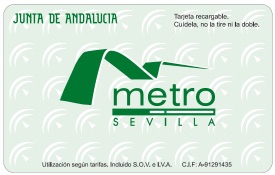
| Jumps | Price |
| 0 | €0.82 |
| 1 | €1.17 |
| 2 | €1.37 |
3. All Day Ticket
There is an option for an all-day ticket priced at €4.50, allowing you unlimited metro travel for 24 hours. Again, when it comes to tourists, this option is only worth it if you’re planning on using the metro more than 3 times in 24 hours.
Where can I buy Seville Metro Tickets?
All tickets can be purchased at stations via self service machines, with some of the larger stations also having manned kiosks to purchase tickets.
Seville Metro Map
The following Seville Metro map shows the singular line, split into 3 distinct sections (these are all still on the same line, and you don’t need to change).
The colour coded sections are effectively ‘zones’ and dictate the cost of the ticket (whether you travel through multiple zones or not).
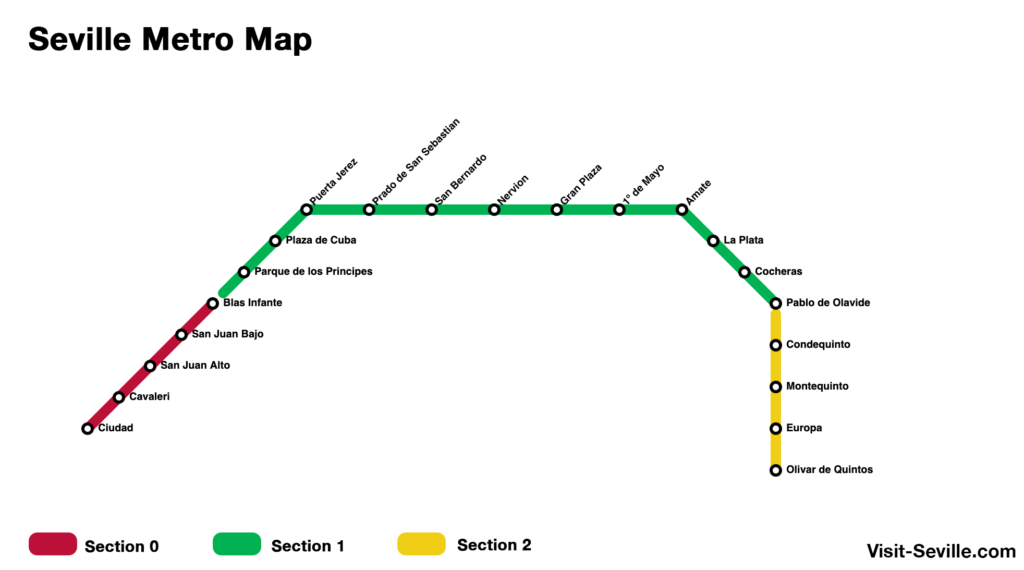
You can also pick up a physical Seville Metro Map at the information points and kiosks at each station. They do sometimes run out, but usually at least one of the stations you’re stopping at will have one.
Like many metros, the maps are displayed on the wall of each carriage, and the announcements are clear (and in English) for each stop.
For the latest information on stations and routes please check the Official Seville Metro website.
Seville Metro Lines and Stations
The metro system in Seville currently consists of a single line, Line 1, which is approximately 18 kilometres long. It connects the eastern and western parts of Seville.
The metro stops at the following locations. I’ve also included some of the key attractions located near some of the main metro stops.
| Zone | Metro Station | Notable Tourist Attractions Nearby |
|---|---|---|
| 0 | Ciudad | |
| Cavaleri | ||
| San Juan Alto | ||
| San Juan Bajo | ||
| Blas Infante | ||
| 1 | Parque de los Principes | Parque de los Principes Park (5 min) |
| Plaza de Cuba | Torre del Oro (10 min) | |
| Puerta Jerez | Royal Alcázar of Seville (7 min), Seville Cathedral (7 min) | |
| Prado de San Sebastián | Maria Luisa Park (5 min), Plaza de España (7 min) | |
| San Bernardo | ||
| Nervión | Nervión Plaza Shopping Mall (5 min), Ramón Sánchez Pizjuán Stadium (7 min) | |
| Gran Plaza | ||
| 1° de Mayo | ||
| Amate | Amate Park (5 min) | |
| La Plata | ||
| Cocheras | ||
| Pablo de Olavide | University Pablo de Olavide (5 min) | |
| 2 | Condequinto | |
| Montequinto | ||
| Europa | ||
| Olivar de Quintos |
Is Seville Metro Useful for Tourists?
I would never recommend the metro in Seville as a way for tourists looking to get around and explore the city. The metro has its purpose but it is primarily for locals living on the outskirts of Seville looking to get into the centre for work.
Plans have been in place to expand the metro system in the future, which may open up a line or stations more suitable for the major attractions in Seville, but until then I would advise other forms of transport.
If you’re already in the centre there are better public transport alternatives (either the bus, the tram, or the Hop-On Hop-Off Bus) for travelling around Seville’s main attractions.
Future of Seville Metro
There are plans to increase the number of lines from 1 to 4 in the future, allowing the Seville Metro to connect more areas (especially in the centre). Previous attempts at expanding the metro system have been blocked with a lack of funding the primary reason.





